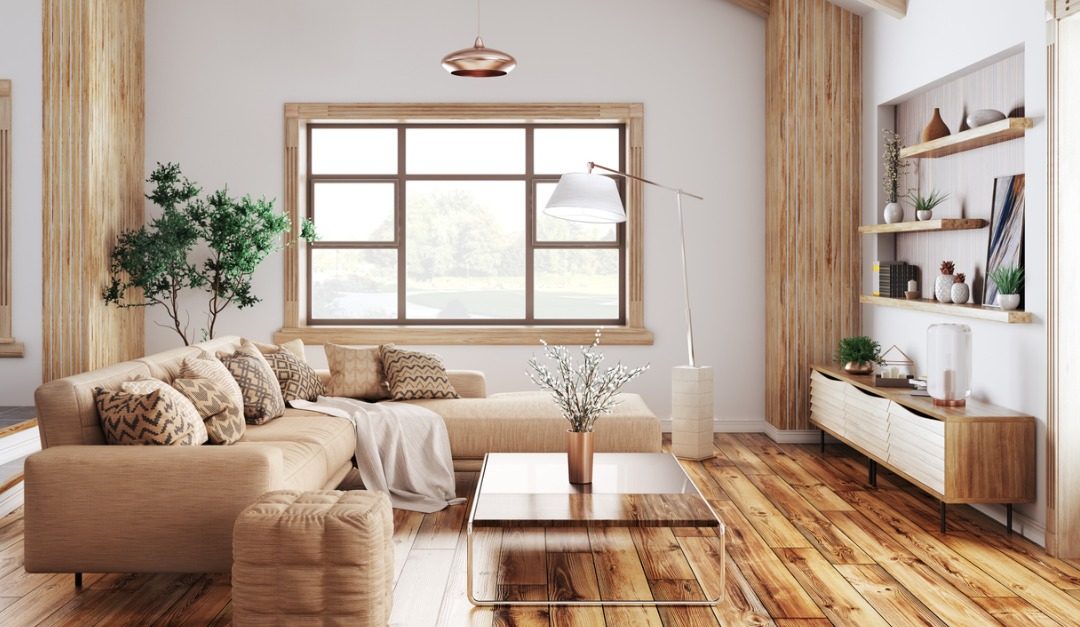The key to creating a designer-inspired space lies in the art of layering. Regardless of the material, layering textures and tones creates an intentional and inspired look. Mixing wood tones is an excellent way to design with depth and prevent the room from falling flat. Here are some go-to designer tips to seamlessly blend wood tones throughout your home.
Select a Dominant Tone
Identifying a single dominant tone is the first step in mixing wood tones. Selecting the primary tone creates the base on which to layer different wood tones, textures and colors. Depending on the space, the dominant wood tone will likely be the largest surface area, such as the dining room floors, the living room entertainment center or the kitchen cabinets.
Coordinate the Undertones
With the dominant wood tone selected, it’s time to layer in other wood tones. To ensure a cohesive look and feel, it’s important to choose complementary wood with undertones in the same family as the dominant tone. For example, if your prevalent wood is warm, it’s best to select accent woods with warm undertones. The same holds for cooler wood tones.
Use Repetition
To create a cohesive look that is visually interesting, incorporate each wood tone in at least two ways. This is the secret to making it look intentional. However, these varying wood tones also need to be spaced out to create balance. For example, if you group all the dark-toned woods together on the wall and group all the light-toned woods together on the built-ins, the room will look off-balance.
Contrast Furniture and Flooring
In a room with hardwood floors and wood furniture, selecting different color woods with the same undertones will create a visual break. Different tones will create visual interest and break up the heaviness of the wood tone layered on top of each other. An easy rule of thumb is to select three wood tones in a space: light, medium and dark.
Soften Space With a Rug
Even with contrasting wood tones, wood furniture on top of hardwood floors can feel a bit overwhelming. However, you can break up the wood-on-wood look by adding an appropriately sized rug to the space to provide a visual pause. The rug should be large enough to anchor the legs of every piece of furniture.
Accentuate With an Accent Color
To complete the room, incorporating accent colors or patterns can act as the room’s jewelry. One or two accent colors or repetitive patterns can tie the space together and can be incorporated throughout the room in the upholstery, curtains, throw pillows, lampshades and more. Another way to break up the monotony of an all-wood space is to incorporate furniture pieces in various textures like leather, rattan, metal or painted wood accent pieces.
While there is no magic formula for mixing and matching wood finishes, knowing the basics can make the layering process feel less complicated.




